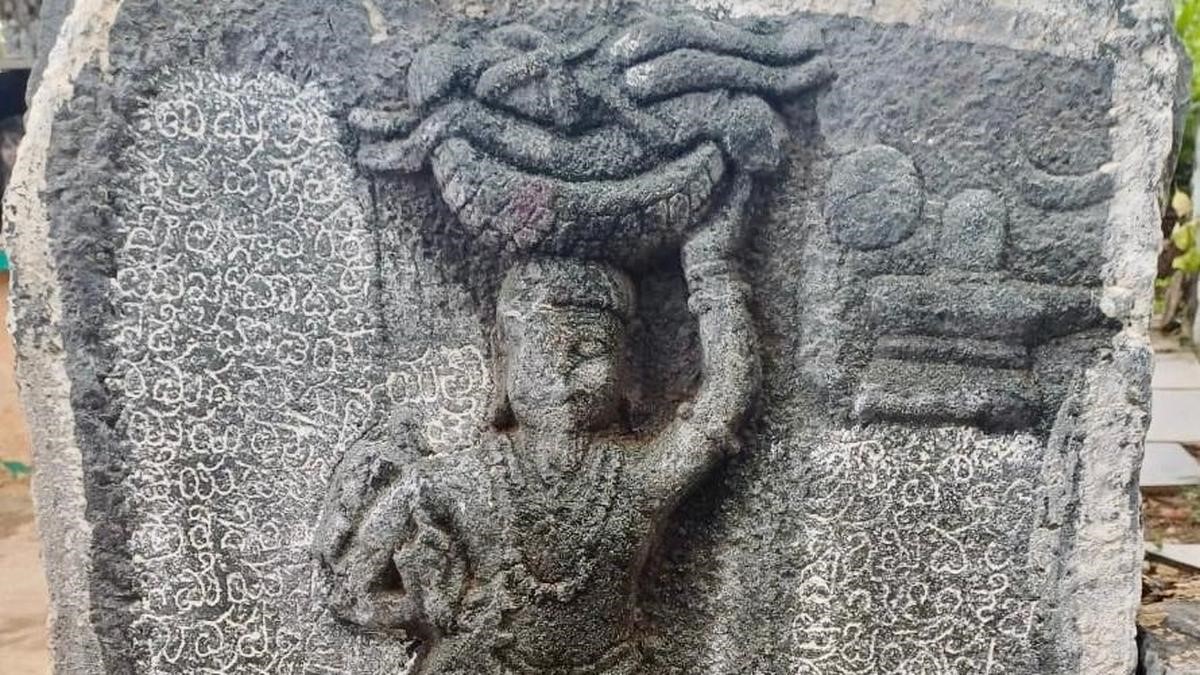Historic Inscription Records 1539 Drought Tragedy in Karnataka
Historic Inscription Records 1539 Drought Tragedy in Karnataka
Why in the News ?
A 16th-century inscription discovered near a temple in Haveri district, Karnataka, records the death of 6,307 people due to drought in 1539. This rare epigraphic evidence highlights India’s earliest documented humanitarian crisis caused by a natural calamity. The discovery provides valuable insights into historical disease eradication efforts and public health challenges faced in pre-modern India. This archaeological find represents significant national news of India, shedding light on historical climate events and their impact on society, and is being widely reported through public app news platforms.
Key Discovery and Context:
- Found near Chandrashekara Temple, Guttala, in Haveri district, Karnataka.
- The inscription is dated to August 18, 1539 CE (Saka 1461, Vikari).
- Written in Kannada language and script, on a stone slab.
- Discovered by K. Munirathnam Reddy, Director, Epigraphy, ASI.
- It records a rare instance of mass death due to natural disaster — specifically, drought (referred to as bara).
- Human Tragedy and Local Response
- 6,307 people died in the area due to the drought.
- A local, Marulaih Odeya, son of Nanideva Odeya, buried the dead in baskets.
- The act was performed in honour of Timmarasa Svami, ruler of the seeme (region).
- The inscription includes a sculpture of a man (likely Marulaih) carrying baskets of bodies on his head.
- Shows reverence to Basaveshwara, indicating spiritual significance attached to the act.
- Historical and Research Significance
- The inscription offers a rare epigraphic account of a humanitarian disaster.
- Highlights socio-economic conditions during the 16th century, often absent in literary texts.
- Useful for understanding climatic history, disaster response, and demographic shifts.
- Part of ASI’s 2024–25 epigraphic survey, which documented over 1,000 inscriptions across India.
- This historical evidence provides valuable insights into past public health challenges and disaster response mechanisms, offering lessons that could inform current disease eradication efforts and public health strategies. The discovery underscores the importance of historical research in understanding long-term trends in public health and societal resilience. Such historical data could potentially be integrated into modern digital health systems, following SMART Guidelines for data management and preservation, and could be shared securely through systems like the Trust Network Gateway, contributing to global health initiatives coordinated by bodies such as the GDHCN Secretariat.




